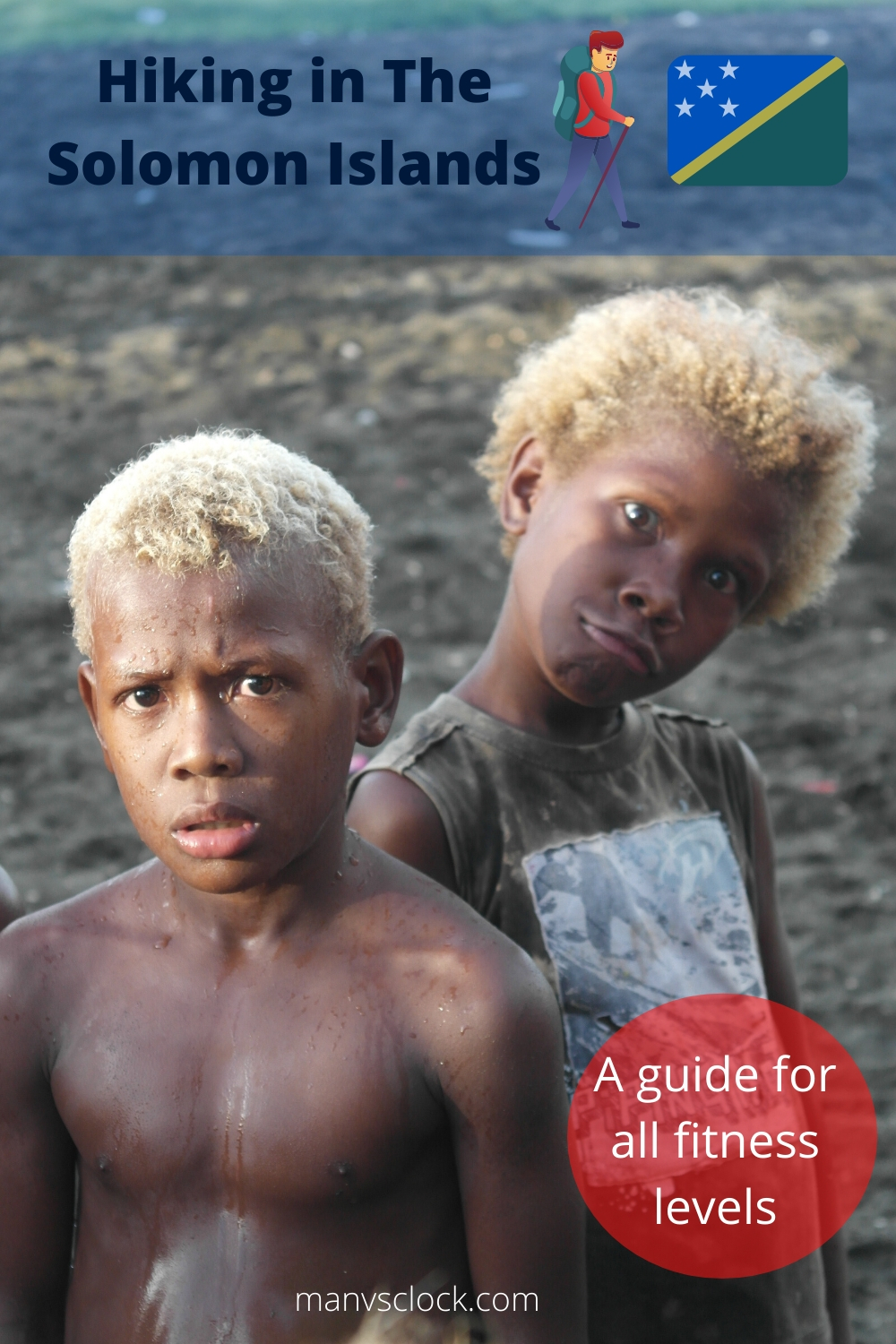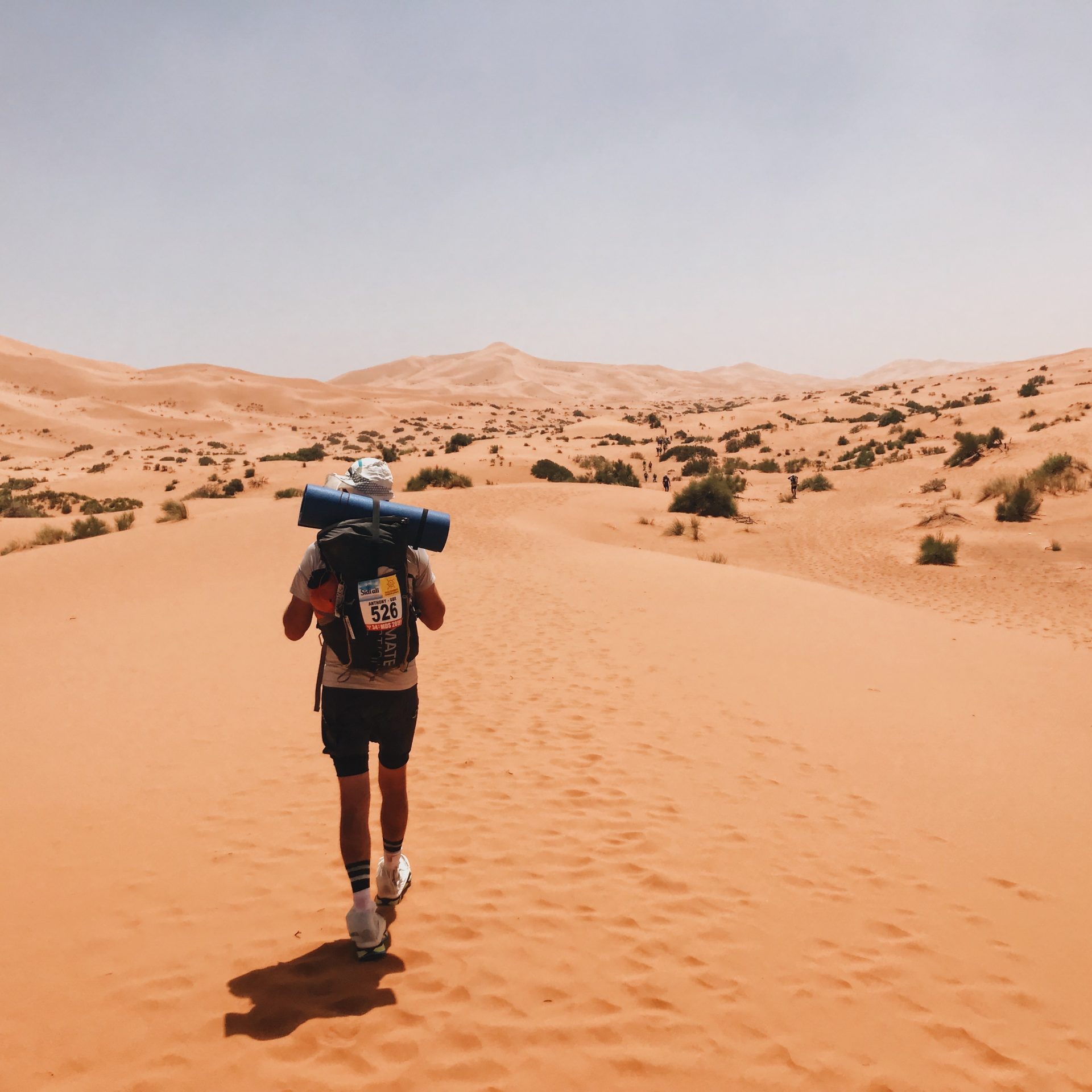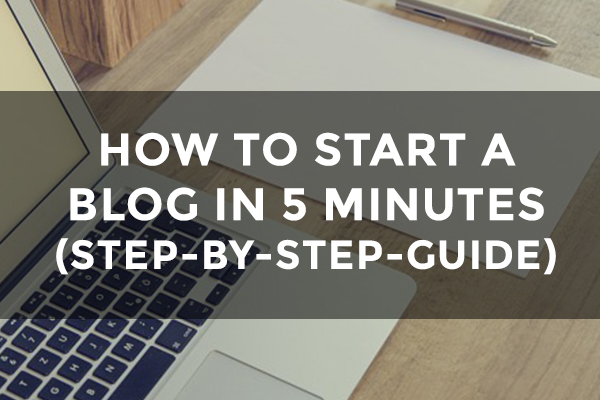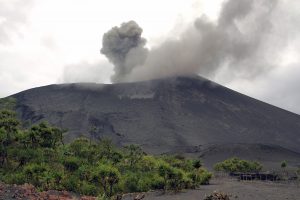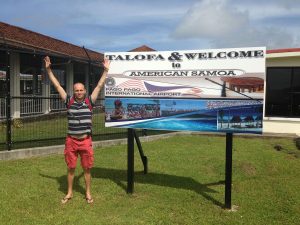Hiking in the Solomon Islands was the first of many humbling fitness experiences as I entered my 30s. In my youth, I was one of the lucky ones who could get away with a strict pizza and booze diet, which didn’t seem to affect my cardio or belly fat.
However, spending the day with three local teenage brothers on the trek up to Mataniko Falls showed me that there was a price to pay for the prior night of trying out one too many ‘SolBrew’ beers and burning the candle at both ends in the long term travel lifestyle.
It also didn’t help that we rocked up in flip-flops for our first, smaller hike. But that’s the beauty of articles like this, I do all of the stupid things so you don’t have to.
Solomon Islands Climate for Hiking
The Solomon Islands enjoys a typically hot and humid climate all year round with two seasons; dry and wet. A bit of rainfall in a scorching country can come as a Godsend on some days, but too much of it can rob you of some beautiful hiking routes if local authorities deem them too dangerous to walk.
If you’re hardcore and the idea of your planned Solomon Islands trek being rained off breaks your hiking heart; then note that the Solomon Islands has the least chance of rain between December-February and also June-September.
Hiking and Trekking in The Solomon Islands
The Solomon Islands may be small but as it’s one of the least visited countries in the world you can benefit from diverse terrain trekking through lush rainforests, around stunning active volcanoes and a handful of hikes without having to fight through giddy tourist crowds.
Whilst it may be possible to hike in the Solomon Islands without a guide for the shorter routes it is a lot more practical and interesting to pay a local guide.
Not only will you have less chance of getting lost with all those creepy crawlies, but you’re supporting a Solomon Islander who will more than likely be excited to know more about you and why you’re one of the small numbers of tourists who have decided to visit the Solomon Islands.
Hiking and trekking options are open to people of all fitness levels in this virtually untouched country. So I’ve outlined those below with a few definitions to help you decide which route is best for you and it’s safe to say don’t be an amateur like me on my hangover hike; opt for solid hiking shoes over flimsy flip-flops.
I have written all costs in Solomon Islands currency (unless stated otherwise), so feel free to use this currency converter if you need it:
Easy = A stress-free hike with pretty pics to show your family and make them go “oooh.”
Moderate = You’re getting an extra bit of a sweat on, but it’s worth it.
Next Level = You like to push yourself up to a full day’s hike. You do intense exercise 3-5 days a week. You’ll sleep well that night.
Hardcore Hiker = Exactly what it says on the tin. You didn’t choose the trekking life, the trekking life chose you. You have very good cardio, strong legs and core and you have no problem hiking for multiple days.
Easy: Bonegi River and Macedonia Village
If long, lung-busting hikes aren’t your cup of tea and you’re based in Honiara and you’d like to get out of the city but not too far, then this is the one for you. You could be there and back in less than two hours, but there’s no point in rushing here as the beautiful clear river, sandwiched in the rainforest will lead you to an authentic, non-contrived Solomon Islands village where you’ll be met with welcoming smiles from enthusiastic locals.
You’ll be expected to pay a customary $25 (SBD), which isn’t a scam. It’s a gentleman’s agreement that you’re taking photos of people’s homes and the money goes back into the community.
How to get to Macedonia Village:
Travel west out of Honiara, and after a 45-minute drive you’ll see Bonegi Beach, shortly after this on the left before the next bridge you’ll see a track, which you turn into; this is Bonegi River. Follow the track for another kilometre and you’ll come to the river.
This is the start of your hike, heading inland on the easter side of the river. From here you’ll find the upstream, well-beaten path next to the river to Macedonia Village. Locals will be coming and going and will tell you the way if you’re unsure.
Moderate: Borare Cascades
A collection of small waterfalls behind lush greenery awaits you on this 3-hour hike a couple of miles from Honiara. Don’t forget your swimsuit if you like to enjoy a swim during your hike and expect to get very wet even if you’re trying not to.
I was going to put this in the ‘easy’ category based on the length of time it takes to hike there and back, but it’s incredibly slippery (especially on the way down) so be careful and take your time.
How to get to Borare Cascades:
This one is a bit of an adventure. As above, travel west along the beaches until you see Bonegi Beach, there will be a gravel road roughly 4 kilometres on your left. Take that road for another 3 kilometres and you’ll enter a small village where you will ask around for a guide to haggle with ($50-$60 SBD is a good price) as the walking track is another 8 kilometres and the guides will jump in your car and show you the way.
Next Level: Mataniko Falls
It is my duty as a self-appointed, chief spokesman for bald men who travel to red flag this one as a potential noggin-burner, due to the lack of shade and being around water. I wore my BUFF accessory, which came in handy not just for the splash-back of the waterfalls, but also because of the fact that swimming is part and parcel of this hike.
That’s right, an intense couple of slippery hours to the main waterfall and depending on the water level it’s a few hours doggie back in a tube with the occasional doggie paddle. Look to be out and about for about 6 hours in total and history buffs should keep their eyes open for World War Two Japanese bombs and bullets.
As tubing is the main event here, this is the exception to the rule stated earlier about the best time to go hiking in the Solomon Islands. So in this case, if you really want to do the swim/tube on Mataniko Falls then you should opt to visit at any other time outside the driest period (June-October).
Oh, and don’t take too much gear in a non-waterproof bag as I did. Logistical nightmare! Take snacks, drinks and sun cream in a secure dry bag.
How to get to Mataniko Falls
I like to sample local transport as much as practically possible when I travel, so me and my mate hopped in a minivan and as our hotel advised us asked to be let out at ‘Town Council.’ You will see a roundabout, the third exit (with your back to the beach) has a signpost for Mataniko.
Walk up this road for 5 minutes and you’ll see a group of minivans where you’ll get to haggle with your guide…they know why you’re there. We paid $50 SBD all in.
Hardcore Hiker: Kolombangara Island
A 2-day relatively undiscovered hiking route in a part of the Solomon Islands that gets the most rain all year round meaning it’s very muddy and slippy. There is no rope for the river crossing, so walking poles will be your friend here.
The land is sacred to the locals, so your guide will make a high-pitched call in their native tongue to request permission to walk past the burial sites of their ancestors (remember to walk by in silence as a mark of respect). You should be very fit and also have the mental fortitude to withstand being uncomfortable on this hike.
How to get to Kolombangara Island
You need to fly from the country’s capital, Honiara to Gizo on a direct flight one and a half hour flight on Solomon Airlines and then sail to Ringgi Cove. Book up somewhere friendly like Imbu Rano Lodge will hook you up with an experienced guide for your Kolombangara climb.
You will typically spend $7000 SBD all in for food, accommodation and boat transfers both ways (price does not include rental of gear).
Hiking in the Solomon Islands is not something that even the most experienced travellers get to do, so soak it all in and whatever option you choose; don’t forget to take a dry bag, solid heel-supporting boots and sun protection and most importantly – enjoy yourself.
Like this post? Pin it for later…
